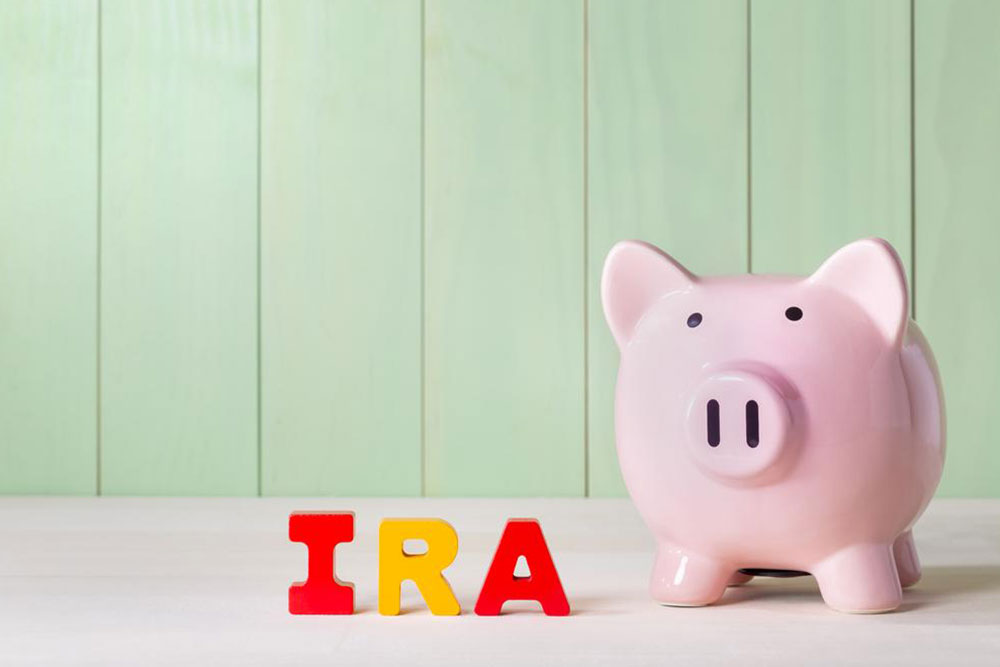Comprehensive Guide to Retirement Savings: Mastering the 401(k) Plan for Your Financial Future
This comprehensive guide explores the fundamentals of the 401(k) retirement plan, highlighting its benefits, restrictions, and strategies for maximizing savings. Learn how early contributions, employer matching, and smart investment choices can secure your financial future. Understand rules, tax advantages, and best practices to effectively plan for retirement with the 401(k) plan.

Comprehensive Guide to Retirement Savings: Mastering the 401(k) Plan for Your Financial Future
Retirement planning is a crucial aspect of financial management, and understanding the various savings options available can significantly impact your future security. One of the most common and effective retirement savings vehicles in the United States is the 401(k) plan. Designed to encourage long-term retirement savings, the 401(k) is an employer-sponsored retirement account that offers numerous benefits, including tax advantages and potential employer matching contributions. In this comprehensive guide, we will delve into the nuances of the 401(k) plan, explaining how it works, its benefits, limitations, and strategies to maximize your retirement savings.
The 401(k) plan allows employees to allocate a portion of their pre-tax income into a dedicated retirement account. Since contributions are made before taxes are deducted, your taxable income for the year is reduced, which can lower your overall tax bill. This means you pay less in taxes during the years you contribute, and your savings grow tax-deferred until withdrawal during retirement.
One of the primary advantages of the 401(k) is the potential for compound growth over time, especially if you start contributing early in your career. The power of compounding can significantly increase your nest egg as your investments generate earnings, which are then reinvested to generate even more earnings. The sooner you begin, the more your savings can grow, making early participation a strategic move for long-term financial security.
However, it’s important to recognize the restrictions on accessing 401(k) funds before retirement age. Typically, withdrawals before age 59.5 are subject to a 10% early withdrawal penalty and taxes on the amount withdrawn, except in certain circumstances such as disability, financial hardship, or qualified domestic relations orders. These penalties and taxes are designed to discourage early dipping into retirement savings, ensuring the funds remain invested for the long haul.
Many employees are required to meet vesting periods set by their employers before they have full access to employer contributions. Vesting refers to the amount of time you must work for an employer before you own the right to the employer’s matching contributions. If you leave the job before fully vesting, you might forfeit some or all of the employer’s contributions.
Maximizing your 401(k) benefits involves not only contributing early and consistently but also taking full advantage of employer matching programs. Many employers offer to match a certain percentage of your contributions, often up to a specific limit. For example, an employer might match 50% of your contributions up to 6% of your salary. Contributing enough to receive the full match is often considered a smart financial strategy since it's essentially free money that boosts your retirement savings considerably over time.
Regarding contribution limits, the Internal Revenue Service (IRS) sets annual caps on how much you can contribute to your 401(k). In recent years, these limits have increased to accommodate inflation and encourage higher savings rates. For 2023, the maximum employee contribution is $22,500, with an additional catch-up contribution of $7,500 allowed for those aged 50 and older. These limits provide a framework to help savers plan their contributions efficiently.
Investing wisely within your 401(k) is essential for growth. Many plans offer a variety of investment options, including mutual funds, target-date funds, stocks, bonds, and other assets. Diversification across asset classes is crucial to managing risk while pursuing growth. It's beneficial to periodically review your investment portfolio to ensure it aligns with your retirement timeline and risk tolerance. Adjustments may be necessary as you approach retirement age to reduce exposure to more volatile investments.
Furthermore, it’s wise to consider other retirement savings strategies alongside your 401(k), such as Individual Retirement Accounts (IRAs) and health savings accounts (HSAs). Diversifying your savings sources can provide additional security and tax advantages, especially as your income and savings needs evolve over time.
In conclusion, the 401(k) plan is a fundamental tool for retirement planning that offers tax advantages, potential employer contributions, and long-term growth opportunities. Starting early, contributing consistently, maximizing employer matches, and choosing appropriate investments are strategies that can significantly enhance your retirement readiness. By understanding the intricacies of the 401(k), you can make informed decisions that set the stage for a financially secure retirement future.





